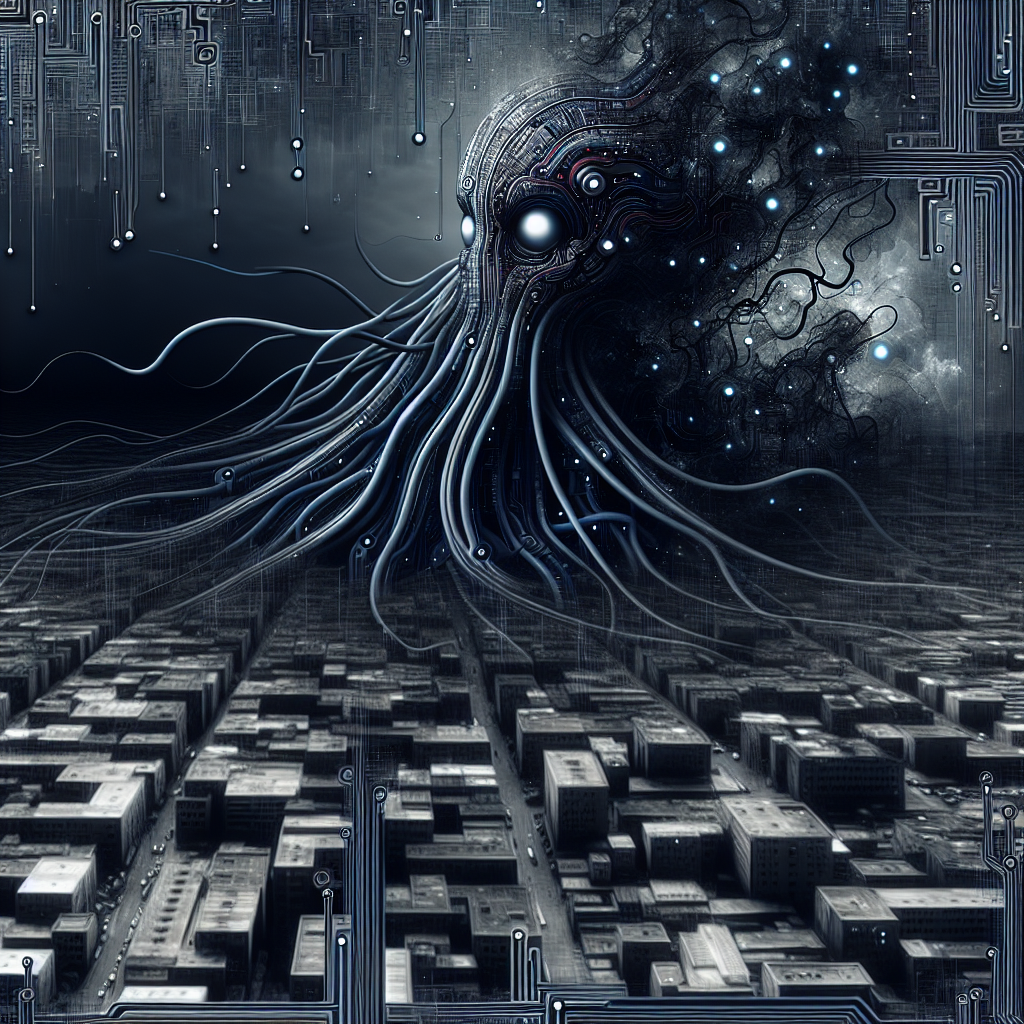The Illusion of Security in the Age of AI
In the shadowy corridors of tech research, a new tool called LightShed emerges, threatening the fragile defenses artists have built against AI encroachment. Hanna Foerster, a PhD student at the University of Cambridge, warns that artists should not be lulled into a false sense of security. The corporate entities behind AI models might possess undisclosed methods to neutralize these protective measures. Foerster’s revelation underscores a grim reality: the relentless march of AI technology leaves little room for the individual’s right to privacy and control over their creative output. As AI models continue to evolve, the boundaries between artistic categories blur, manipulated by algorithms designed to exploit and categorize human creativity for profit.
LightShed, developed by a coalition of researchers from the Technical University of Darmstadt and the University of Texas at San Antonio, strips away the digital ‘poisons’—perturbations introduced by tools like Glaze and Nightshade. These tools, designed to protect artists’ work from being misinterpreted by AI, subtly alter images to confuse machine learning models. Glaze manipulates the perceived style, while Nightshade changes the subject recognition. LightShed’s ability to ‘clean’ these perturbations signals a new level of corporate intrusion into the digital art space, undermining artists’ efforts to safeguard their creations from the voracious appetites of AI training algorithms.
The Mechanics of Digital Poisoning and Its Antidote
The effectiveness of LightShed lies in its training methodology. By feeding the system both poisoned and unpoisoned art, the researchers have taught LightShed to identify and remove only the perturbations that confuse AI models. This process, described by Foerster as reconstructing ‘just the poison on poisoned images,’ highlights the precision with which corporate-backed AI can now dissect and neutralize protective measures. LightShed’s adaptability allows it to counter not only known tools like Nightshade but also other emerging anti-AI protections such as Mist or MetaCloak, without prior exposure.
While LightShed struggles with minimal doses of poison, these lesser perturbations are less likely to significantly impair AI models’ understanding of the art. This creates a precarious balance where the AI can still exploit the artwork, while the artists’ attempts at protection are rendered futile. The implications are clear: in the ongoing battle between AI and human creativity, the scales are tipped heavily in favor of the machines, backed by corporate interests seeking to commodify every pixel.
The Vulnerability of Artists in the AI Arms Race
Approximately 7.5 million artists, predominantly those with smaller followings and limited resources, have turned to Glaze as a shield against AI’s invasive gaze. These tools represent a critical line of defense in a regulatory environment that remains nebulous and uncertain. Foerster and her team’s work with LightShed serves as a stark warning: the current solutions are temporary at best. The continuous evolution of AI technology demands a relentless cycle of innovation and adaptation from those seeking to protect their digital creations.
The developers of Glaze and Nightshade acknowledge the transient nature of their defenses. Before LightShed’s development, Nightshade’s website already cautioned that their tool was not future-proof. Ben Shan, a key researcher behind both tools, remains hopeful that such defenses still hold value, despite the looming threat of countermeasures like LightShed. This ongoing cat-and-mouse game between AI developers and artists illustrates the broader struggle for control over digital spaces, where personal autonomy is increasingly threatened by algorithmic manipulation.
A Call to Arms in the Digital Dystopia
As LightShed unveils the fragility of current anti-AI protections, it becomes imperative for the artistic community to rally and innovate. The battle against corporate surveillance and algorithmic exploitation is far from over. Artists must continue to develop and refine their tools, perhaps exploring blockchain-based solutions for immutable proof of ownership or leveraging decentralized networks to distribute their work beyond the reach of AI crawlers.
In this digital dystopia, where every byte of data is a potential target for corporate exploitation, the fight for digital sovereignty must be relentless. The development of LightShed is a reminder that the powers behind AI are not content with mere data harvesting; they seek total control over the digital realm. Artists and digital rights advocates must stand united, pushing back against the encroachment of surveillance capitalism and ensuring that creativity remains a human endeavor, free from the shackles of algorithmic manipulation.
Meta Facts
- •💡 LightShed can identify and remove perturbations introduced by anti-AI tools like Glaze and Nightshade.
- •💡 Approximately 7.5 million artists have downloaded Glaze to protect their digital art from AI exploitation.
- •💡 Artists can use blockchain technology to establish immutable proof of ownership for their digital creations.
- •💡 LightShed’s adaptability allows it to counter new anti-AI tools without prior exposure.
- •💡 Decentralized networks can be used to distribute art beyond the reach of AI crawlers.

